Cloacal respiration is not limited to land-based animals. Several marine and freshwater creatures have also evolved this method to cope with low oxygen levels in aquatic environments.
Habitat: Ocean floors worldwide
Breathing Mechanism: Sea cucumbers, slow-moving aquarium/52-marine-animals.html">marine animals, use their rear ends to breathe. They draw in water through their cloaca and extract oxygen using specialized structures called respiratory trees. This process is vital for their survival on the ocean floor, where oxygen levels can be low. The oxygen is absorbed through the respiratory trees, and the water is expelled. This method allows aquarium/sea-cucumbers.html">sea cucumbers to maintain their position in oxygen-poor environments like the deep sea.
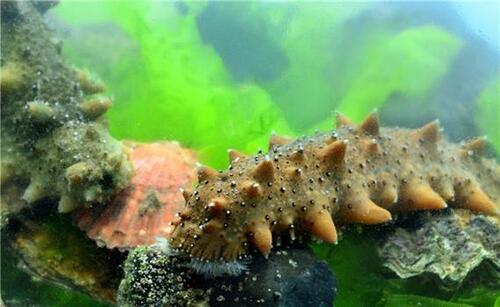
Habitat: Freshwater rivers and streams
Breathing Mechanism: Some species of fish, particularly loaches, can extract oxygen from the water via their intestines. They swallow air, which then passes through their digestive tract, where oxygen is absorbed through the lining of their intestines. This method is an adaptation to survive in poorly oxygenated waters. While not a permanent means of respiration, it allows these fish to survive in extreme conditions.
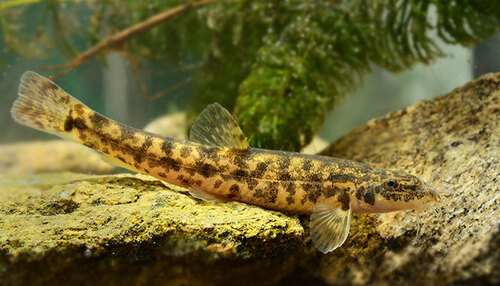
Habitat: Stagnant freshwater ponds and lakes
Breathing Mechanism: Certain frog tadpoles, such as those of the Surinam toad, can perform cloacal respiration. In these early stages of life, tadpoles live in oxygen-depleted waters, and their ability to extract oxygen from water through their cloaca is crucial for survival. This unique breathing technique helps them survive until they develop lungs and can emerge from the water as adults.
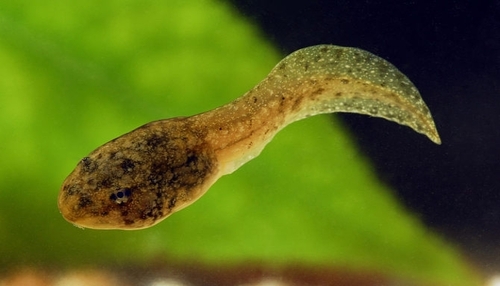
Habitat: Freshwater streams and rivers
Breathing Mechanism: Mayfly nymphs are aquatic insects that spend most of their life underwater. These nymphs possess gills near their rear ends, allowing them to extract oxygen from the water. This adaptation allows them to thrive in fast-flowing rivers and streams, where they remain until they mature into adult mayflies and leave the water.

Habitat: Freshwater rivers, lakes, and streams across North America, Asia, and Africa
Breathing Mechanism: Like the Fitzroy River turtle, softshell turtles can also use cloacal respiration to absorb oxygen while submerged. This allows them to stay underwater for longer periods, especially when they are resting or hiding from predators. The soft, flexible shell of these turtles might also aid in their ability to absorb oxygen more efficiently through the cloaca.
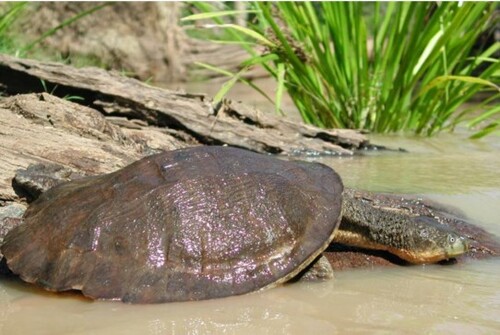
Habitat: Freshwater habitats in Japan
Breathing Mechanism: This turtle species can use cloacal respiration, particularly during its winter hibernation in water. By absorbing oxygen through its cloaca, the Japanese pond turtle is able to survive in environments with low oxygen levels, such as stagnant ponds.
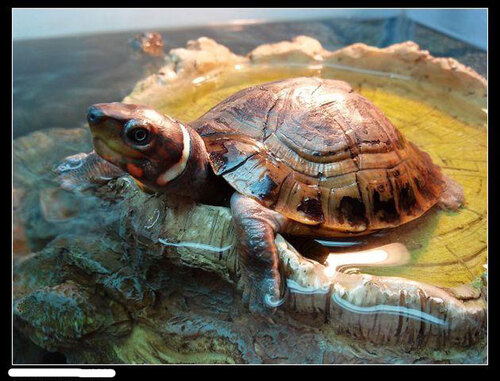
Habitat: Fast-flowing rivers and streams in the eastern United States
Breathing Mechanism: Hellbenders, the largest aquatic salamanders in North America, primarily breathe through their skin. However, they are also known to absorb oxygen through the linings of their cloaca when necessary. This is especially useful during periods of low oxygen availability in their aquatic habitats. The hellbender's flattened body and extensive skin folds increase its surface area, making skin and cloacal respiration highly efficient.
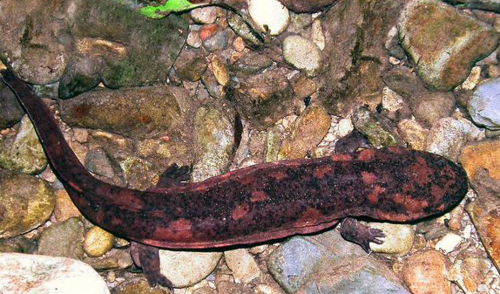
Axolotl (Ambystoma mexicanum): While axolotls are known for their external gills, they can also use cloacal respiration to some extent. This allows them to survive in low-oxygen aquatic environments.
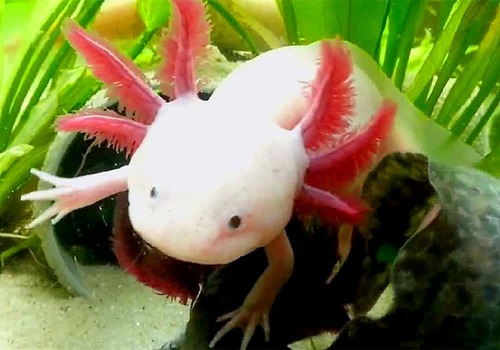
Plethodontid Salamanders: Some salamanders, especially lungless salamanders (family Plethodontidae), rely on skin and cloacal respiration for gas exchange. These amphibians absorb oxygen directly through their skin and cloaca, allowing them to remain submerged for extended periods without needing to surface for air.
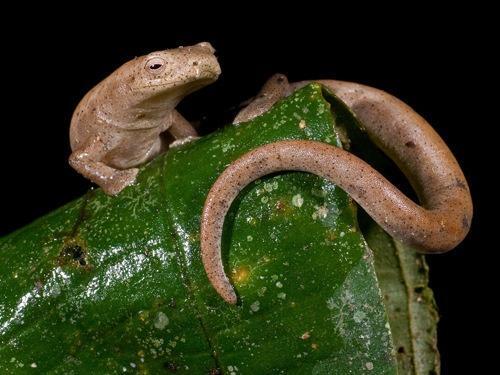
Dragonfly Nymphs (Suborder Anisoptera): Dragonfly nymphs live underwater and can breathe through their rectum, where they have rectal gills that allow them to extract oxygen from the water. The nymphs can also rapidly expel water from their rectum for jet propulsion, which helps them move swiftly through water.
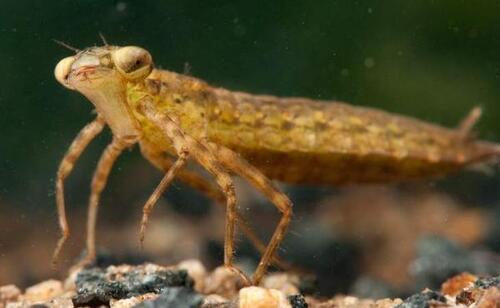
Damselfly Nymphs (Suborder Zygoptera): Like their dragonfly cousins, damselfly nymphs also have gills located in their posterior end, allowing them to extract oxygen from the water and thrive in aquatic environments during their larval stage.
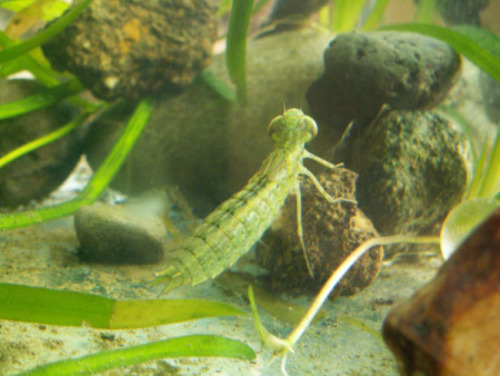
Cloacal respiration, or breathing through the rear end, involves the absorption of oxygen through the lining of the cloaca or intestines. The cloaca is a chamber that serves multiple functions, such as waste elimination, reproduction, and, in certain animals, respiration. Animals with this ability use the surface area of their intestines or cloaca to extract oxygen from the surrounding water or air. Although this method is not as efficient as lung or gill respiration, it allows these animals to survive in environments where traditional breathing methods would not suffice.
Cloacal respiration is a survival adaptation that allows animals to thrive in environments where oxygen levels are too low for efficient lung or gill function. This ability becomes particularly important in:
Cold climates: During winter, when ponds and rivers freeze over, turtles and amphibians that hibernate under ice rely on cloacal respiration to survive.
Oxygen-poor waters: Fish and amphibians living in stagnant or low-oxygen water bodies need alternative respiration methods to stay alive.
Deep-sea environments: Marine animals like aquarium/sea-cucumbers.html">sea cucumbers use cloacal respiration to survive in deep-sea habitats where oxygen is sparse.
The ability to breathe through their rear ends demonstrates the incredible adaptability of animals in both terrestrial and aquatic environments. From turtles that use their cloaca to survive underwater during hibernation, to sea cucumbers and fish that extract oxygen from water in the deep sea, these creatures showcase nature’s remarkable capacity for innovation. Understanding these adaptations provides valuable insights into evolutionary biology and the diversity of life on Earth.
By protecting these unique species and their habitats, we can ensure that their remarkable survival mechanisms continue to thrive in the wild.
animal tags: Softshell-Turtles Various-Insects Sea-Cucumbers Loaches Mayfly Japanese-Pond-Turtle
We created this article in conjunction with AI technology, then made sure it was fact-checked and edited by a Animals Top editor.